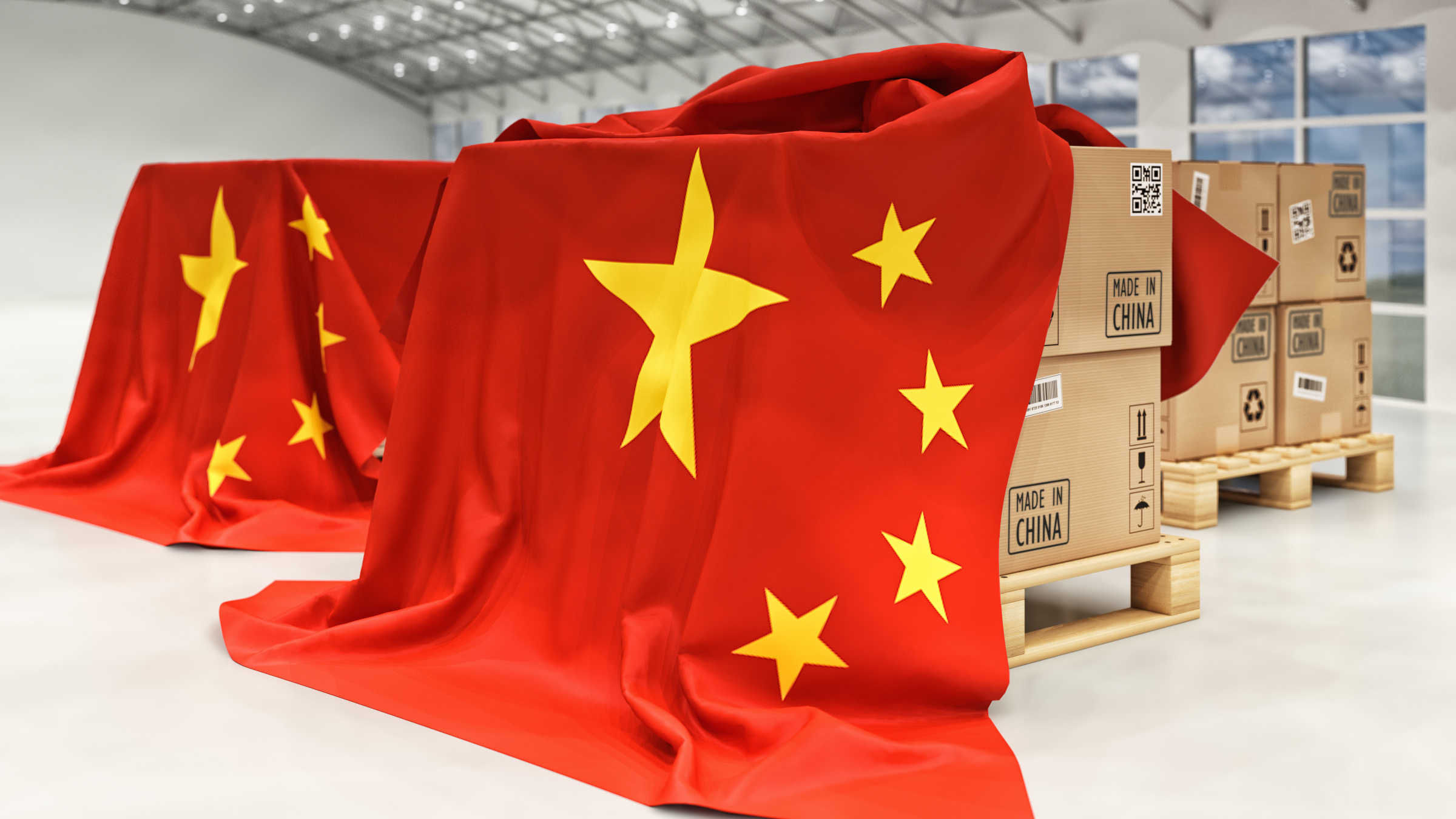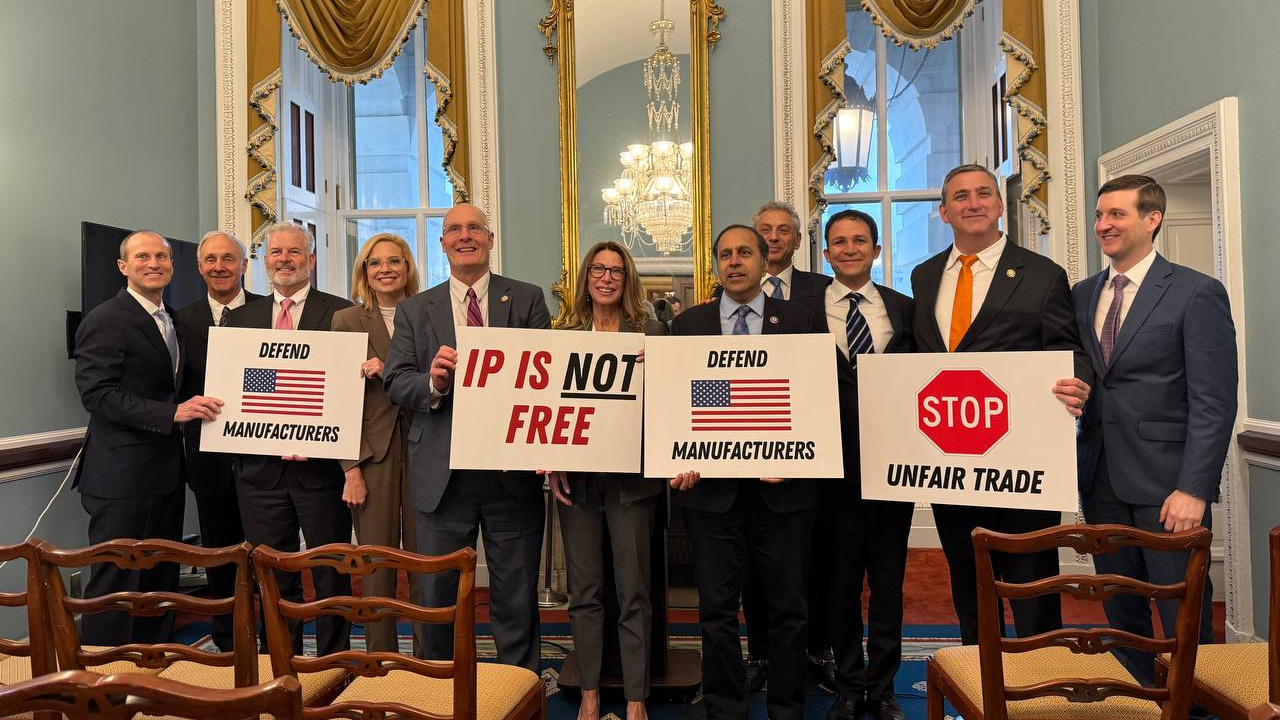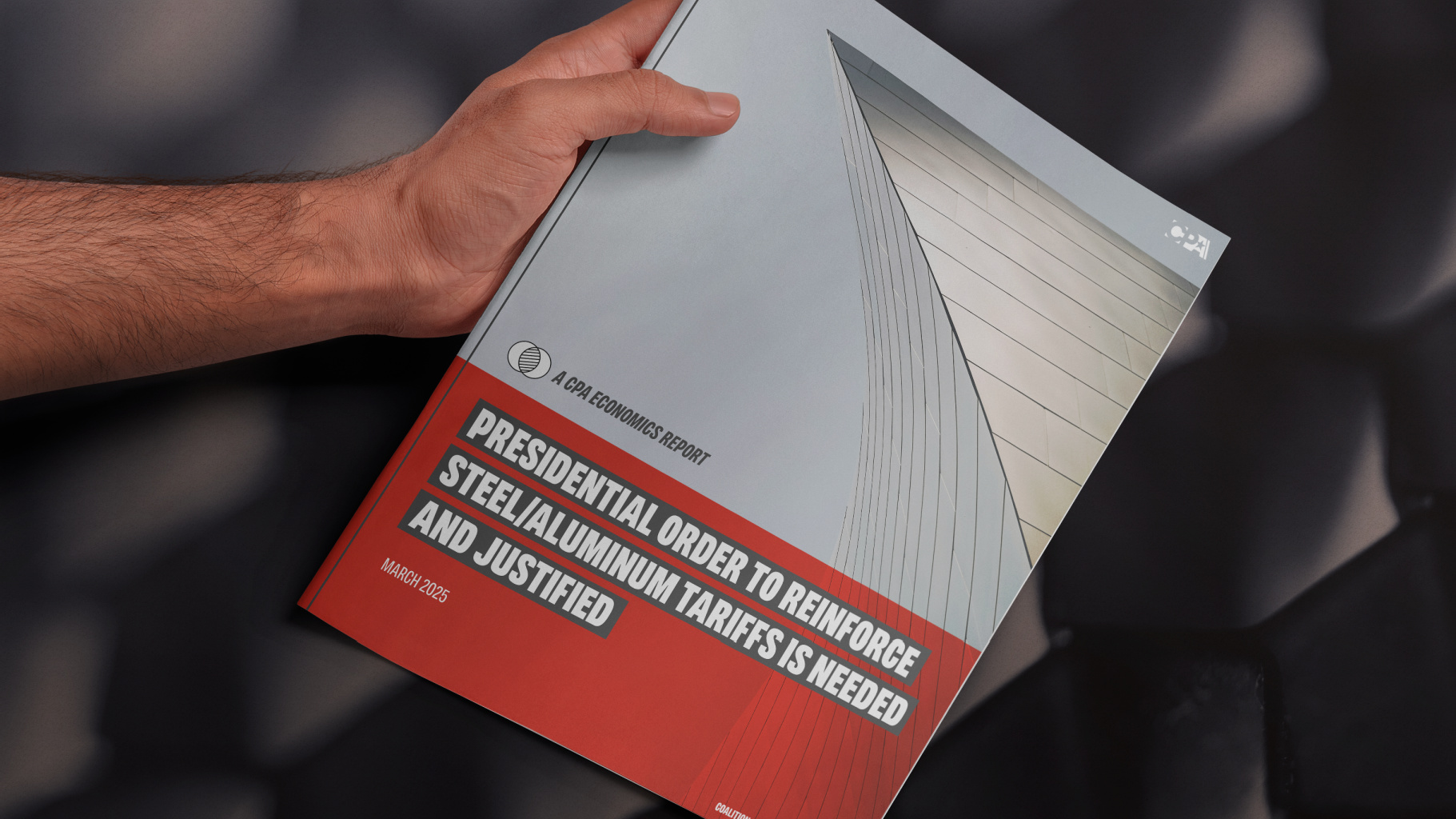
UNITED NATIONS – Now that President Obama has started his executive amnesty program to legalize five million low-wage workers, the White House and GOP leaders are discussing what essentially amounts to a jobs program that will benefit them.
[by Curtis Ellis | December 3, 2014 | wnd.com]
Obama met Wednesday with Sen. Mitch McConnell, who will be the Senate majority leader in the new Congress in January, and House leaders to discuss fast tracking the Trans-Pacific Partnership, a NAFTA-like global economic integration plan.
Just last month Secretary of State John Kerry said the pact will help further merge the U.S. economy with Mexico and 10 other nations, including Canada, Japan, Vietnam, Malaysia and the Islamic Sultanate of Brunei.
In that speech, Kerry said TPP will make an “enormous difference” and it is supposed to “bring everybody up.”
But the U.S. government’s own analysis of the pact shows the TransPacific Partnership Agreement amounts to a jobs program for low-paid, largely immigrant farm labor.
A new report issued by the U.S. Department of Agriculture says the TransPacific Partnership will increase farm exports.
The Agriculture Department report analyzed the impact the TPP would have on U.S. farm exports if all tariffs on agricultural goods were removed. Under this scenario, the report found “the value of U.S. agricultural exports to TPP partners in 2025 is estimated to be 5 percent ($2.8 billion) higher under the hypothetical TPP scenario.” Most of those gains would come from increased sales of agricultural goods to Japan.
That’s even as U.S. manufacturing will lose tens of billions under the agreement, according to the nonpartisan Congressional Research Service.
The CRS reports the TPP would increase U.S. Gross Domestic Product overall by less than two-tenths of one percent. However, the report goes on, “these gains will not be spread uniformly throughout the economy” and projects “the U.S. manufacturing sector to experience a $44 billion drop in total welfare” under the pact.
TPP negotiations have been cloaked in secrecy, but comments made by officials involved in the negotiations indicate the U.S. is pushing Japan to open its market to imports of U.S. farm exports. In exchange, the U.S. would eliminate remaining tariffs on imports of Japanese automobiles and light trucks.
According to the U.S. Department of Labor’s National Agricultural Workers Survey, 78 percent of farm workers are foreign born. In contrast, U.S. citizens comprise 91 percent of the broader workforce, according to the Labor Department.
The Department of Agriculture also indicates U.S. manufacturing output will drop as a result of the TransPacific Partnership (Table A6.1 p 54) even as farm exports increase.
That means farm laborers, who are far more likely to be foreign-born and have benefited from Obama’s executive amnesty, will gain jobs under the TPP while Americans working in factories and automotive assembly lines are likely to see their jobs disappear.
On Tuesday McConnell said approving the TransPacific Partnership agreement is one of top priorities. McConnell’s Wednesday meeting with the president followed a meeting the president held with pro-immigration corporatist leaders earlier in the day.
WND has reported extensively on the TPP, including when Obama traveled to Asia to push the idea.
TPP has been described as the largest-ever economic treaty, encompassing 12 participating nations representing more than 40 percent of the world’s gross domestic product. It’s the frontrunner to the equally secret Transatlantic Trade and Investment Partnership, or TIPP, between the U.S. and the European Union. In February 2013, WND reported the Obama administration planned to ask Congress to grant fast-track authority to finalize the TPP treaty in an accelerated time frame. Congress would be limited to an up-or-down vote that would prevent it from modifying the treaty by amendment.
Then WND reported that the White House, without much fanfare, wrapped Mexico and Canada into the TPP negotiations as a continuation of an effort regarded by critics as a move toward a European Union-style integration of North America.
WND reported the leaders of the U.S., Canada and Mexico simply announced March 23, 2005, the formation of the Security and Prosperity Partnership of North America, the SPP. In 2009, as WND reported, the Obama administration renamed the SPP the North American Leaders Summit, a less controversial banner under which to advance the George W. Bush administration’s agenda of North American integration, according to confidential sources in the U.S. Department of Commerce and the State Department who spoke to WND under condition of anonymity.
The last trilateral head-of-state meeting of the North American Leaders Summit was held in April 2012.
Two months later, in a notice published on the U.S. Trade Representative website at USTR.gov, Ambassador Ron Kirk announced that Mexico had decided to join the TPP negotiations.
Three days later, with similar language, the USTR announced Canada had decided to join the TPP negotiations.
Congressional opposition to Obama’s fast-track plan actually has come from Democrats, because a group of 564 labor, environmental, family farm and community organizations regarded as core elements of the voting base wrote Obama charging the TPP undermines the president’s message on income inequality.
House Democrats, pressured by labor union constituents, argued the massive TPP deal would require capitulation to corporate interest groups, including the U.S. Chamber of Commerce, placing under international control important U.S. environmental, public-health and labor standards.












